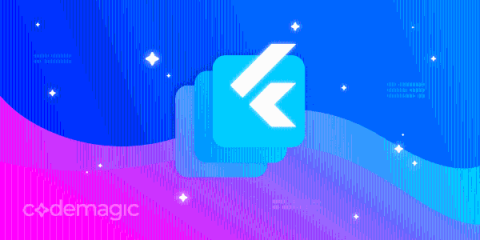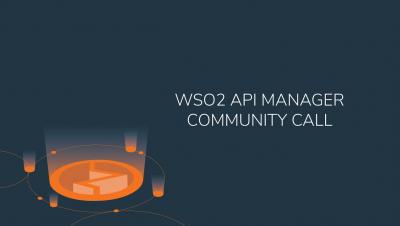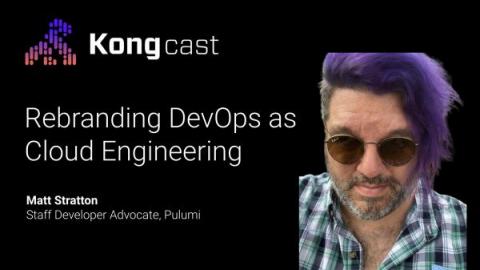Systems | Development | Analytics | API | Testing
API
Working with REST APIs - Flutter
Data, data, and data. Everything we see in today’s world is just data. So how can we get data into our app? How can we integrate APIs into our app? Let’s find out! There are a lot of ways we show data in our app, such as: The most common method is to show data from a database or public APIs. Even loading data from a database involves using APIs, though these can be private. So, let’s see how you can integrate APIs, fetch data from a public API, and use it in your Flutter app!
Internationalization & Localization in WSO2 API Manager - WSO2 API Manager Community Call (1/23/22)
API Gateway Cache With Kong's Proxy Cache Plugin
In applications built on a system of microservices, developers should always be on the lookout for opportunities to eliminate unnecessary use of resources, such as database queries, network hops or service requests. API gateway cache (or response caching) is an excellent place to start. For many microservices, identical requests sent within a window of time will yield identical responses. For example, consider a request to an Orders API for the list of orders submitted yesterday.
Kuma 1.5.0 and Kong Mesh 1.6.0 Released
We are happy to announce the first release for both Kong Mesh and Kuma in 2022, which is packed with features and improvements, including substantial performance improvements when running at scale. We strongly suggest to upgrade, in order to take advantage of the latest and greatest when it comes to service mesh.
Why Boomi May Not Be Right For You
Golang Testing Frameworks for Every Type of Test
While Go provides a testing package and a go test command, the former only offers basic testing capabilities. The package also has some drawbacks, such as missing assertions and increasing repetition with large-scale tests. As a result, several Go testing frameworks have been created to augment it. Go testing frameworks consist of tools and resources for creating and designing tests. Some of these frameworks incorporate the testing package and go test command, while others take a different approach.
Rebranding DevOps as Cloud Engineering
In this episode of Kongcast, Matt Stratton, a staff developer advocate at Pulumi, explains the history of configuration automation, the world of cloud engineering and how it compares to DevOps. Check out the transcript and video from our conversation below, and be sure to subscribe to get email alerts for the latest new episodes. Viktor: So before we jump to this one, tell us a bit about yourself. Matt: I spent about two decades working in traditional technology operations. I was a sysadmin.
APIs Types and Their Integration Specifics | A Quick Guide
There is plenty of information on the different types of APIs, common API architectures and protocols, and such.










